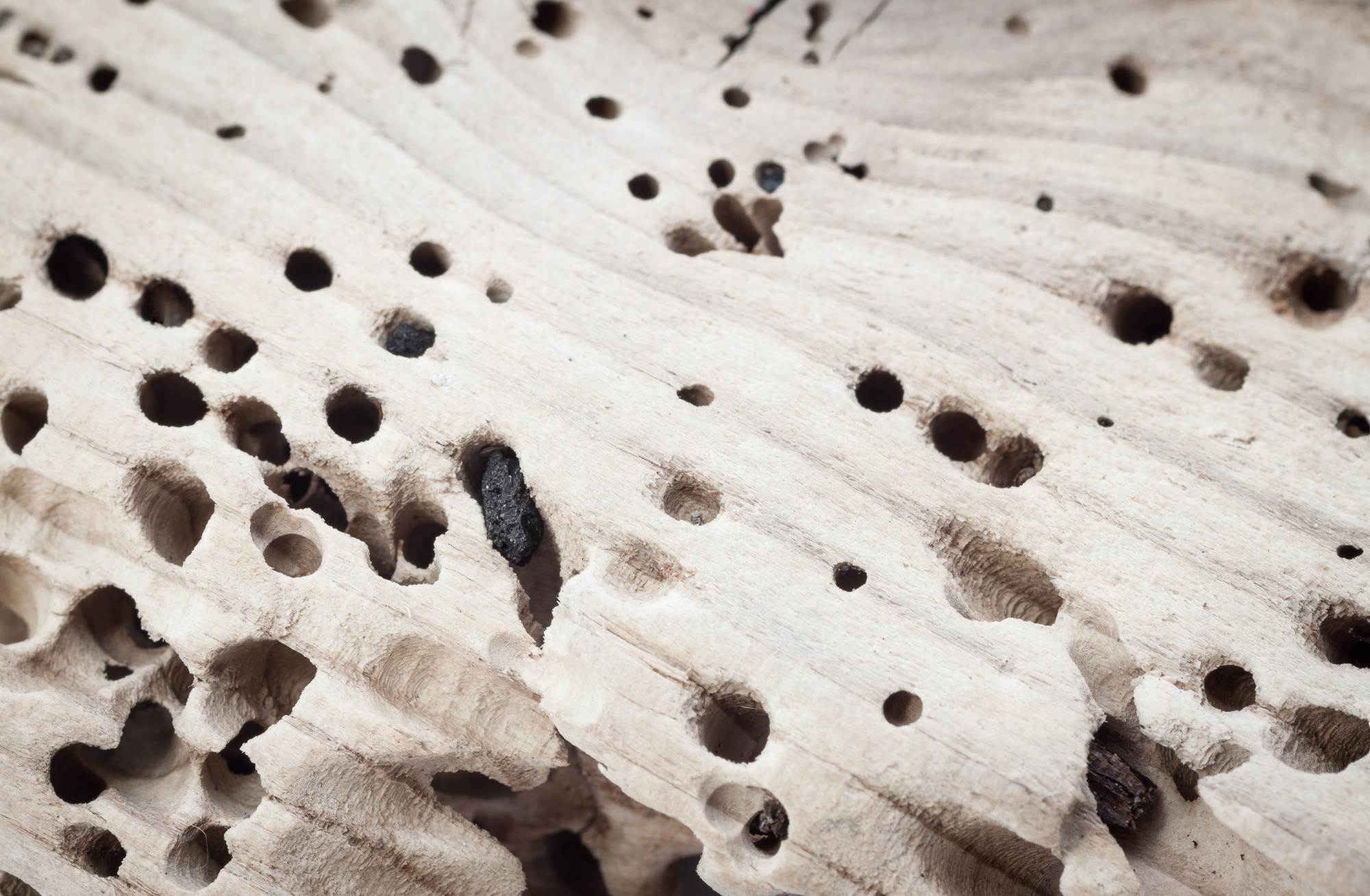DIY Home Inspection Checklist: Your Complete Guide to a Thorough Property Check

You did the research. You put in an offer. And now you’re about to be a homeowner.
Now what?
You’ll need a solid home inspection. Home inspections are different from appraisals. The appraisal is something that your bank or lender needs to determine if the price of the home is in-line with the value.
A home inspection looks much deeper into the home than an appraisal does. The problem is that a professional home inspector can cost you a pretty penny.
But have no fear, you can inspect your new home yourself in a few easy steps. And save some money in the process!
Here is our complete DIY home inspection checklist.
DIY Home Inspection Checklist: 5 Key Areas
Buying a home, and getting a good deal, is all about math.
There are five major areas of the home that make up our checklist. We’ll go over each of those areas in detail.
1. Foundation and Basement
The first place you should head when you enter the home is down to the basement. Make sure that it’s accessible.
The basement has electrical components, water lines, and the furnace in it. So you want to make sure you can reach it to do repairs and maintenance in the future.
When you’re in the basement, take a look around at the condition of the wood. Pay special attention to the floor joists. They shouldn’t be sagging or riddled with holes.
Touch the wood and make sure it doesn’t splinter. Check for any wet spots, especially around windows and pipes. Be on the lookout for termite damage.
Look at the concrete, both on the floor and on the walls of the basement. Small cracks in the floor are normal. But anything major, like deep cracks that lift up from the dirt, are a problem.
Also, the basement is a great place to look for mold. If you see any of the tell-tale black spots on any of the surfaces, the house has a mold problem. That’s a problem that you should address before you buy it.
Keep your nose open too. Smells like mold, sewer, or dampness mean bigger issues.
2. Kitchen and Bathrooms
Next, you need to check out the plumbing systems in the house. This includes the hot water heater in the basement.
Ask your realtor for the age of the water heater. Make sure it’s not past its prime. And if it is, negotiate a new one into your price.
Go through each of the bathrooms and the kitchen and check hot and cold running water. Flush the toilets. The water should turn on easily, it should be clear and should run with good pressure.
If there are rust rings in the sinks and toilets, it’s a good idea to ask the realtor about the water source. An area with hard water needs a water softener and you want to make sure yours is working properly.
Check for water damage around any of the fixtures or toilets. Leaking pipes mean plumbing expenses in your future.
3. Appliances and Systems
Buying new appliances costs money. You want to make sure that all the built-in appliances work. If not, you need to adjust your offer price so you can buy new ones yourself.
There should be no exposed wires on any of the appliances. You also want to have some sort of ventilation fan in the kitchen.
Go through the cabinets and draws. They should open easily without squeaking. The hardware shouldn’t be broken or rusty.
And the cabinet doors should close without you having to slam them.
Systems for your new home include the electrical system and the HVAC system (Heating Ventilation and Air Conditioning). Turn the heater and AC on. Make sure they heat and cool properly.
Ask about the last time everything had regular maintenance done. Also get the age of the major systems from your realtor. Old systems might mean you want to offer less.
Go throughout the house and turn on all the lights to make sure everything works. If any of the electrical fixtures are outdated, you might want to get an electrician to look at the house before you buy.
4. Attic and Inside the Roof
Up in the attic, inspect the wood for water and termite damage. Feel the wood and keep your nose open to moldy smells.
Like in the basement, the joists should be solid. Not sagging or full of holes.
Insulation is critical to keeping your energy bills down. Your home should have between 10-14 inches of insulation in the attic.
Be sure to look up while you’re in the attic. Make sure that the inside of the roof is in good condition. No water damage, holes, or rotten boards.
5. Exterior and Outside the Roof
After you’ve inspected the interior, take a walk around the outside of the home. Check for cracks on the exterior foundation. Small cracks are okay, but big cracks are trouble.
Rain gutters are important for the long-term life of your home foundation. If your new home doesn’t have them, consider requesting those in your buyer agreement.
Check the paint job. If there are any peeling spots, feel the wood siding underneath to make sure there’s no water damage.
Also, the look of the siding should be tidy with no big cracks or broken pieces. Decks and porches should have the proper railings. Sidewalks should be flat and easy to walk on.
How does the outside of the roof look? The shingles should be in good shape with none missing or curling.
You don’t want to forget the garage and the outbuildings. Go through each and inspect them like you would the home. There should be no wood rot or water damage in them.
Inspect It Yourself and Save Money
A good home inspection is all about using your senses and a little common sense. As a home buyer, you have the option to do a home inspection. Take the opportunity to check everything out before you sign the deed.
If you bring this simple, 5-step DIY home inspection checklist with you, you’ll easily catch any major issues.
We offer a ton of articles about science, people, nature, and interesting places. Check out our useful tips blog for more tips like these.



